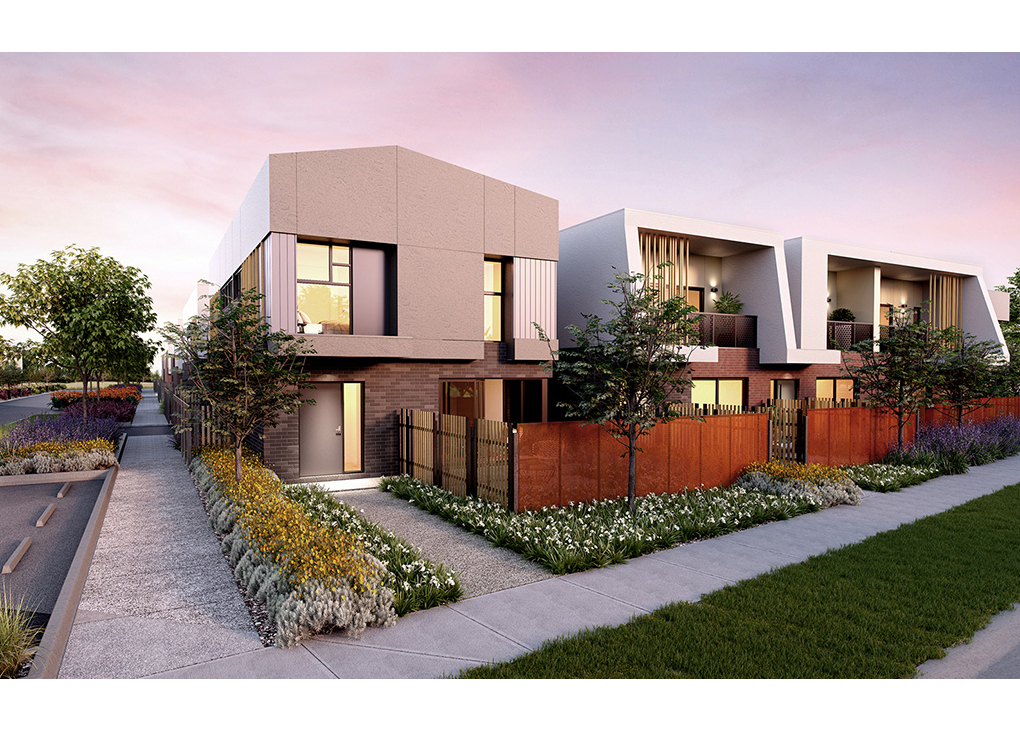Frasers Property Australia is building a Certified Passive House home in Point Cook, Melbourne, as part of an innovative project to assess the long-term benefits of Passive House to the mass market. They will test the economic and comfort benefits against the outcomes of a standard family home.
Frasers is the first major developer to get behind the Passive House movement – a sustainable building standard already well established in Europe – and will consider how to apply the findings to its national residential construction operations.
Passive House uses features such as double-glazed windows, continuous thermal insulation and airtight measures (as appropriate to the local climate) to reduce air leakage, better regulate temperature control in the house, and drastically reduce heating and cooling costs, while improving air quality.
Frasers Sustainability Manager Rory Martin says some of the benefits of the Passive House approach include a reduction in heating and cooling needs by up to 90 per cent. In Europe it has also been shown to improve the health and wellbeing of occupants.
“It’s early days still, but we have spent the past couple of months meeting the design requirements of Passive House, which in itself has been an incredible journey for our in-house design team, and we look forward to moving to the construction phase in the next couple of months.”
Frasers will build the Passive House home at its Life, Point Cook community next year, and hopes to have a family living in the home by early 2020 for a year-long trial.
Martin and his team are working with Certified Passive House Designer Clare Parry, M.AIRAH, for guidance and to ensure the house meets strict Passive House principles and criteria.
“There are only about 30 Certified passive houses in Australia at the moment, so this initiative is certainly a first coming from a large-scale developer,” says Parry. “Current interest in the Passive House standard does seem to be driven by health and wellbeing, though a passive house also substantially reduces energy consumption and costs.”
Parry said the Passive House standard has been established in Europe for almost 30 years, and data has shown that healthier homes were having a positive impact on people suffering from illnesses such as allergies and asthma.



Leave a Reply